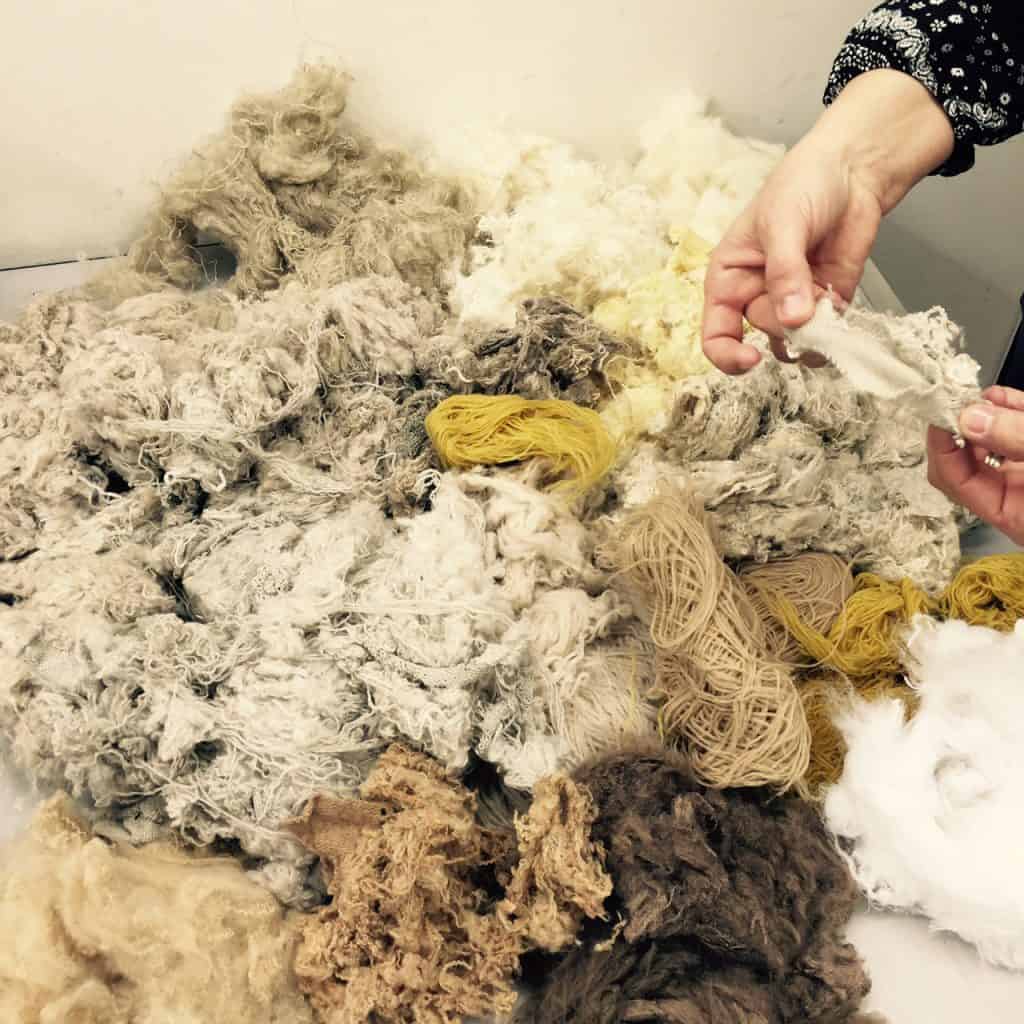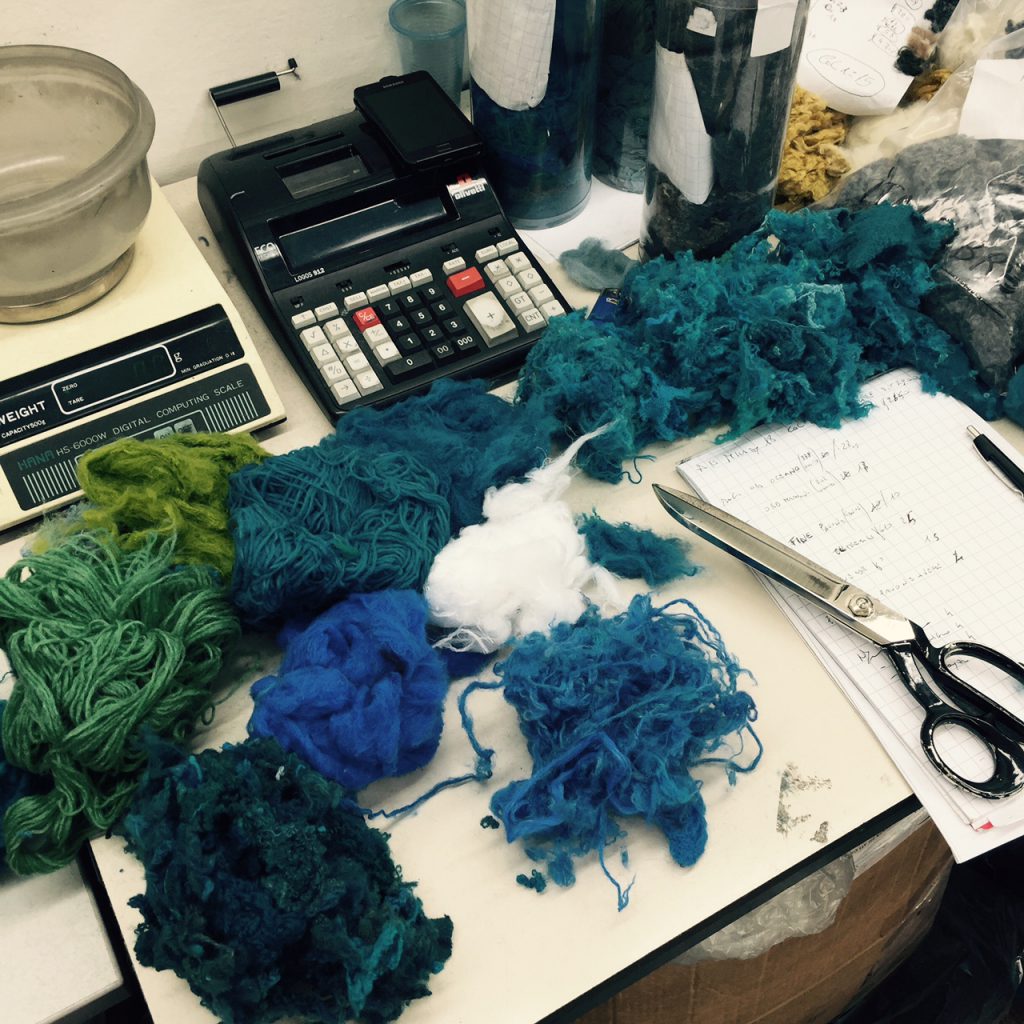Waste not, want not
We recycle our plastic bottles, cans and glass bottles so why can’t we recycle our wool too? Actually, we can and wool manufacturers in northern Italy have been doing so for hundreds of years. But it wasn’t until relatively recently that they started calling it recycling.
Prato sits in the heart of Italy’s textile production belt. Manufacturers here have been spinning wool into high-quality garments since the Middle Ages and have built up a reputation for their fine craftsmanship. But also their shrewdness. As a result, there has always been very little wastage. All the offcuts from expensive suits and the leftovers at the end of the woolly sweater season weren’t burned or discarded, as they are by some manufacturers. They were reused. There was a catch though; this reused wool couldn’t be called virgin wool. In fact they couldn’t even call it wool. With the term other fibres coined to describe this mishmash of wool. But things are little different these days. Recycled isn’t a dirty word. As we’re always looking for ways to reduce our environmental footprint here at Fjällräven, recycled wool sounded like something we should look into.
It was actually Thomas Håkansson, one of our designers, who took the initiative. “I thought it was interesting, so I brought it up with the team and everyone thought it was a good idea. We have really strict quality criteria, so we had to ensure the fibres were good enough. But once that was confirmed it made perfect sense to go head.”

And go ahead we did. We currently work with three different players in the Prato textile industry, although seeing as all the companies are family owned by brothers, uncles and cousins from the same family it feels as though we’re just working with one big family. This means it’s been easier than usual to coordinate the production process.
The first link in the chain is the wool supplier. His job is to collect all the wool to be recycled.
“This recycled wool comes from different sources,” explains Sarah Isaksson, another one of our designers. “It can be leftover wool from sweaters, leftover yarn still on the cones and even offcuts from suits. It’s all collected together, colour sorted and shredded.”

This is when the next step in the process takes place and the next member of the family comes in. “They basically have a recipe for making each colour, a bit like with paint. So they know how much red, purple, green and so on from the recycled wool that needs to be blended to make the new shade. They have a lot of control over it and can reproduce virtually the same shade season after season,” says Peter Larsson, one of our product developers.

It all sounds too good to be true? Surely there must be a catch, just as there was for the original inventers of recycled wool?
“They rip the wool fibres apart before they can spin them into new ones. This results in slightly shorter fibres than virgin wool. So we blend the recycled wool fibres with polyester or virgin wool to ensure their integrity,” explains Sarah. “But they’ve been using this technique for hundreds of years in Prato, so they’re really good at it. The quality is great; it’s durable and really soft.”
There are some positive effects of this technique too. The colours of our Re-Wool sweaters are so much deeper and nuanced than for our other wool garments, that aren’t made from blended wool fibres.

But the real winner here is the environment. Recycling wool is far less energy and resource intensive than using virgin wool. It takes wool that’s already been spun and dyed, and would otherwise be thrown away, and turns it into a cosy-cabin sweater or practical trekking shirt.
We’ve no plans to switch our entire wool supply chain to Re-Wool. Sometimes we need the incredible toughness of virgin wool, like when producing technical base layers. But it’s definitely a material that will play a bigger part in our overall wool sourcing.

“We’re really pleased with the outcome,” says Peter. “It’s definitely something we want to continue doing.
